CACI's analysis reveals how the Acorn profile of the Knotty Ash catchment is at odds with the typical profile of a Sainsbury's shopper.
The bar chart reveals the catchment is dominated by the Acorn group of council estate residents, better-off homes', where Sainsbury is weak. It is under-represented substantially in this group compared with the locally dominant players, Asda and Tesco.
Similarly, the wealthy achievers, suburbia' group, so coveted by Sainsbury, is noticeably absent.
CACI's analysis also reveals that Kwik Save has the best fit of any of the major retailers to the catchment. These factors illustrate some of the reasons that were likely to have driven Sainsbury's decision to re-badge the store.
The extended store is likely to have minor impacts on surrounding grocery retailers. However, the move into extended non-food ranges will help to boost Sainsbury's sales, possibly at the expense of other non-supermarket competition.
As a result CACI predicts that total store sales could grow by as much as 25% as a result of the investment.
Sainsbury remains the third retailer in the local catchment (pie chart), because of the strong local performance of Tesco and, in particular, Asda.
The map below reveals that Asda will continue to command a 31% share of the available spend from the Knotty Ash Savacentre's catchment. These sales are generated by the trio of surrounding stores located in Walton, Huyton and Sefton which limit the extent of the Savacentre's primary catchment.
Morrisons is remarkably under-represented in an area which CACI's analysis reveals has a strong fit to its core customer profile. Safeway and Marks and Spencer have also shown little interest in targeting the people of Knotty Ash, which reflects the poor demographic of these fascias.
{{INSIGHT }}
The bar chart reveals the catchment is dominated by the Acorn group of council estate residents, better-off homes', where Sainsbury is weak. It is under-represented substantially in this group compared with the locally dominant players, Asda and Tesco.
Similarly, the wealthy achievers, suburbia' group, so coveted by Sainsbury, is noticeably absent.
CACI's analysis also reveals that Kwik Save has the best fit of any of the major retailers to the catchment. These factors illustrate some of the reasons that were likely to have driven Sainsbury's decision to re-badge the store.
The extended store is likely to have minor impacts on surrounding grocery retailers. However, the move into extended non-food ranges will help to boost Sainsbury's sales, possibly at the expense of other non-supermarket competition.
As a result CACI predicts that total store sales could grow by as much as 25% as a result of the investment.
Sainsbury remains the third retailer in the local catchment (pie chart), because of the strong local performance of Tesco and, in particular, Asda.
The map below reveals that Asda will continue to command a 31% share of the available spend from the Knotty Ash Savacentre's catchment. These sales are generated by the trio of surrounding stores located in Walton, Huyton and Sefton which limit the extent of the Savacentre's primary catchment.
Morrisons is remarkably under-represented in an area which CACI's analysis reveals has a strong fit to its core customer profile. Safeway and Marks and Spencer have also shown little interest in targeting the people of Knotty Ash, which reflects the poor demographic of these fascias.
{{INSIGHT }}



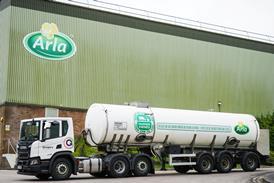








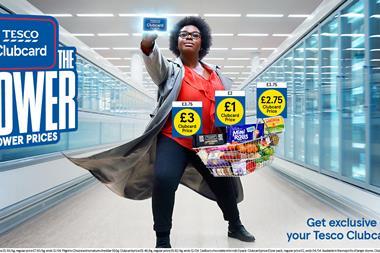


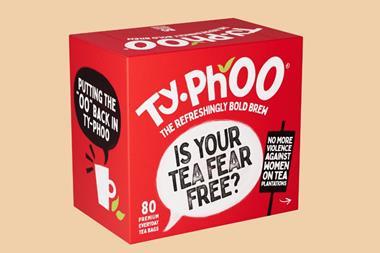
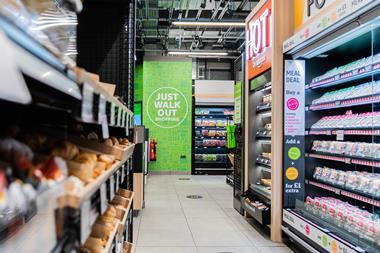
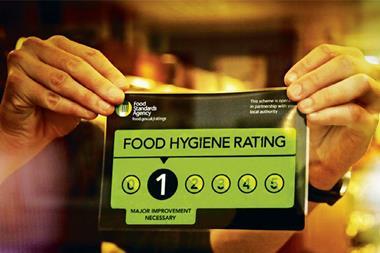
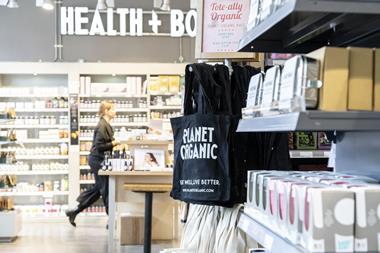
No comments yet